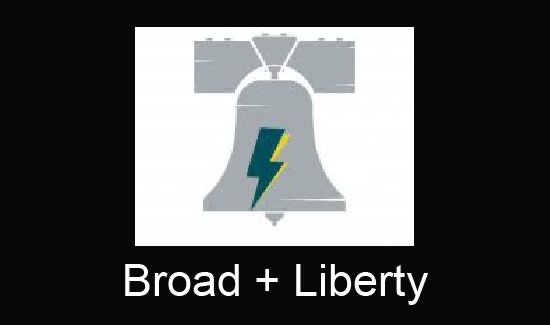Rotten to the Core
The debate over Common Core often revolves around the actual contents of the standards.
"We need better standards!" is often the battle cry.
It is true that the Common Core standards are, to put it simply, awful. But is the answer really to replace this set of standards with a different set?
After all, before Common Core, every state already had standards in place. No state set out to create "bad" standards. Each spent millions of dollars and thousands of man hours to design and implement "good" standards for their students.
But after nearly 10 years of this federally mandated approach, the National Center for Education Statistics reported that every state set their level of achievement for a Proficient rating below the National Assessment of Educational Progress requirement and the National Center for Public Policy and Higher Education reported in June of 2010 that nearly 60% of America’s students needed to take remedial courses in math and English in college.
Perhaps, then, we should ask why standards-based education wasn’t working.
Remember that in a standards-based approach, we are not talking about giving teachers guidelines for what they should teach in each grade level, with the flexibility to change those guidelines to meet the needs of the individual child. Standards based education aims at the student, requiring that every student learn the same material at the same rate and demonstrate that he has done so by passing a high stakes assessment.
Is it even possible to set one standard that every student is required to meet?
Let’s consider the following example. The two students…
we will look at are actual people and the situations are also factual.
The first student is a mathematical dyslexic. Numbers do not connect in this student’s mind. When given a time problem that began with the words, "How long would it take for…," this student arrived at a solution that was a negative number. When the instructor tried to explain that the answer could not be negative because time does not move backwards, the student did not understand. The instructor asked the student if a person could get younger. Although the student said, "No," there was no connection between that knowledge and the fact that a time problem could not have a negative number as an answer.
The second student went to college to become an engineer. This student double majored in two different engineering disciplines. In the final semester of this student’s senior year, the college discovered that through a bureaucratic error, the student would need 23 credits to graduate. The student had a scholarship, but the college would not carry the award into an extra semester, so the student took all 23 engineering and math credits in that one semester. The student not only passed, but made the Dean’s List.
How does one write a set of math standards that would be appropriate for both of these students?
Obviously, such a thing is not possible. Now multiply this situation by every student in every subject area.
The problem facing American education is not the content of the standards. It is the underlying assumption that somehow a state or federal education bureaucracy can mandate what and when every child will learn.
If we truly want to solve the problems with our schools we must begin by exposing and destroying that underlying fallacy.







